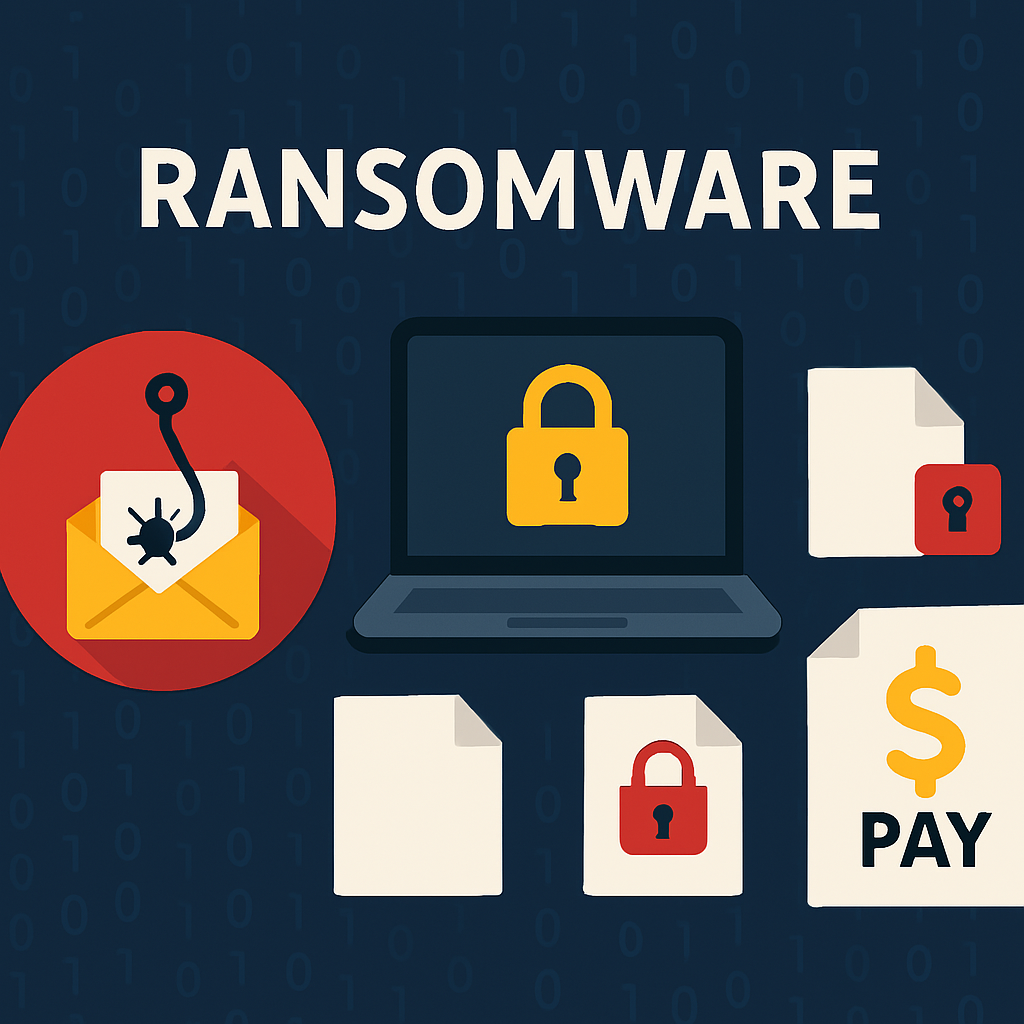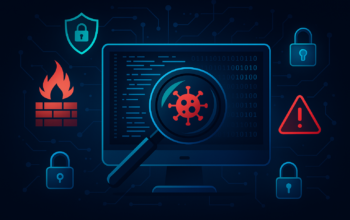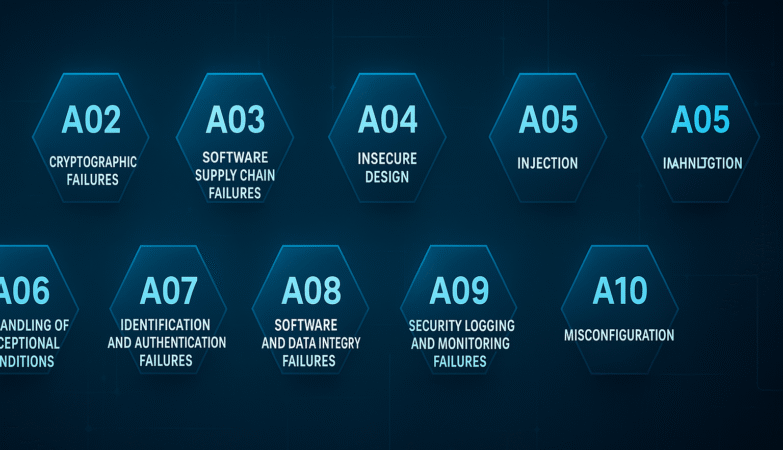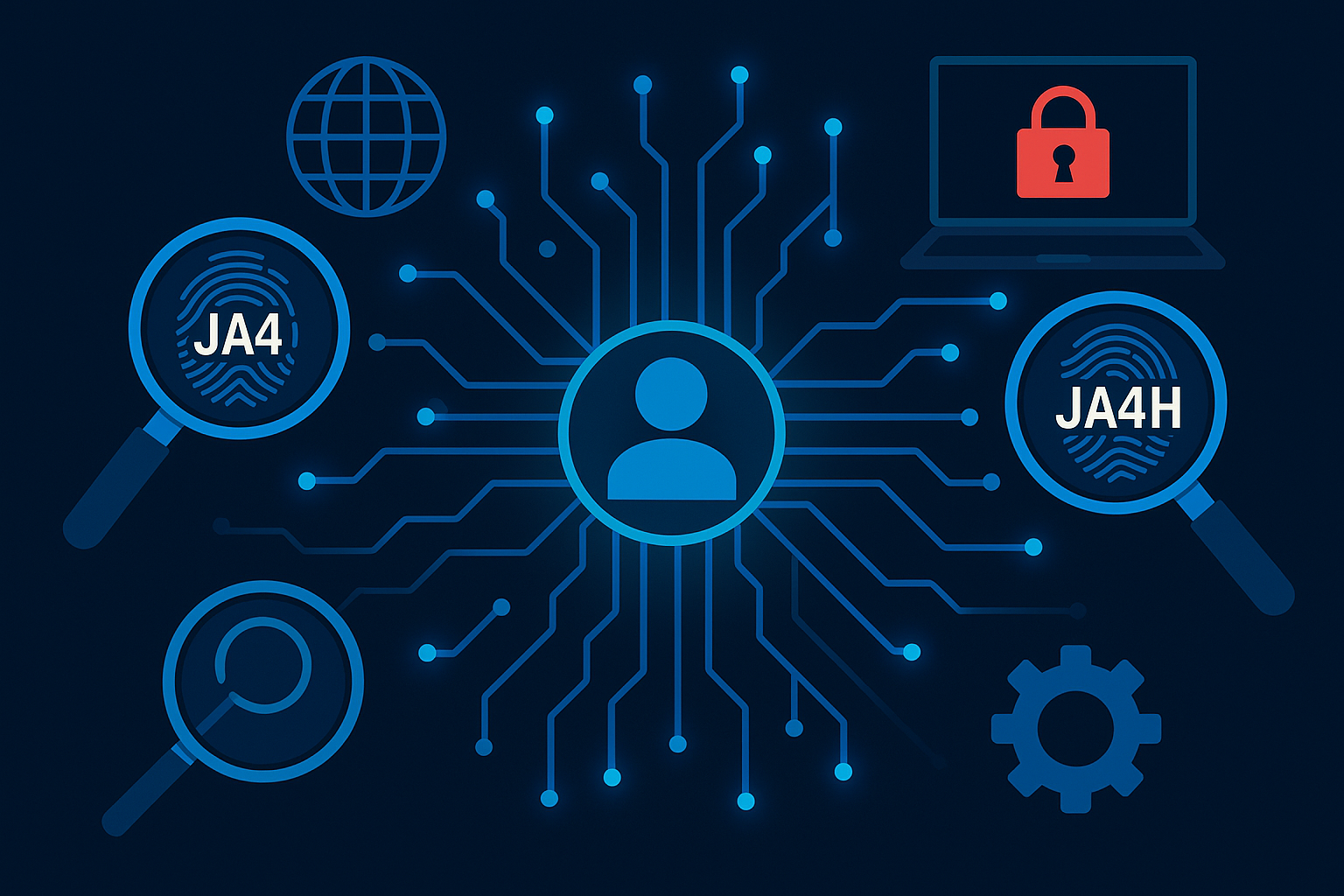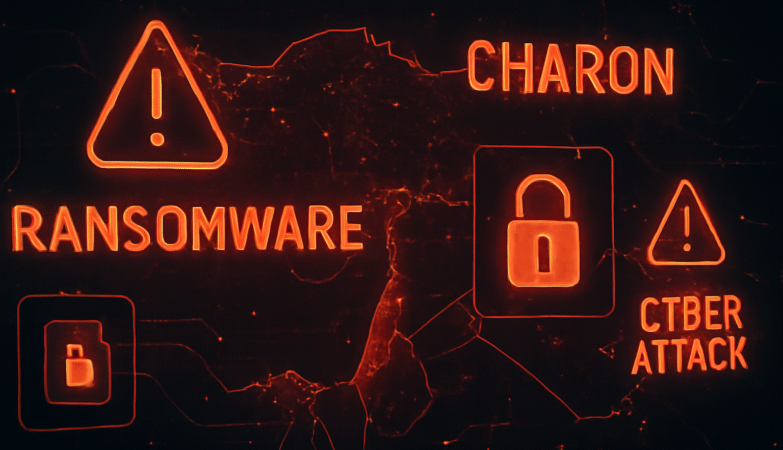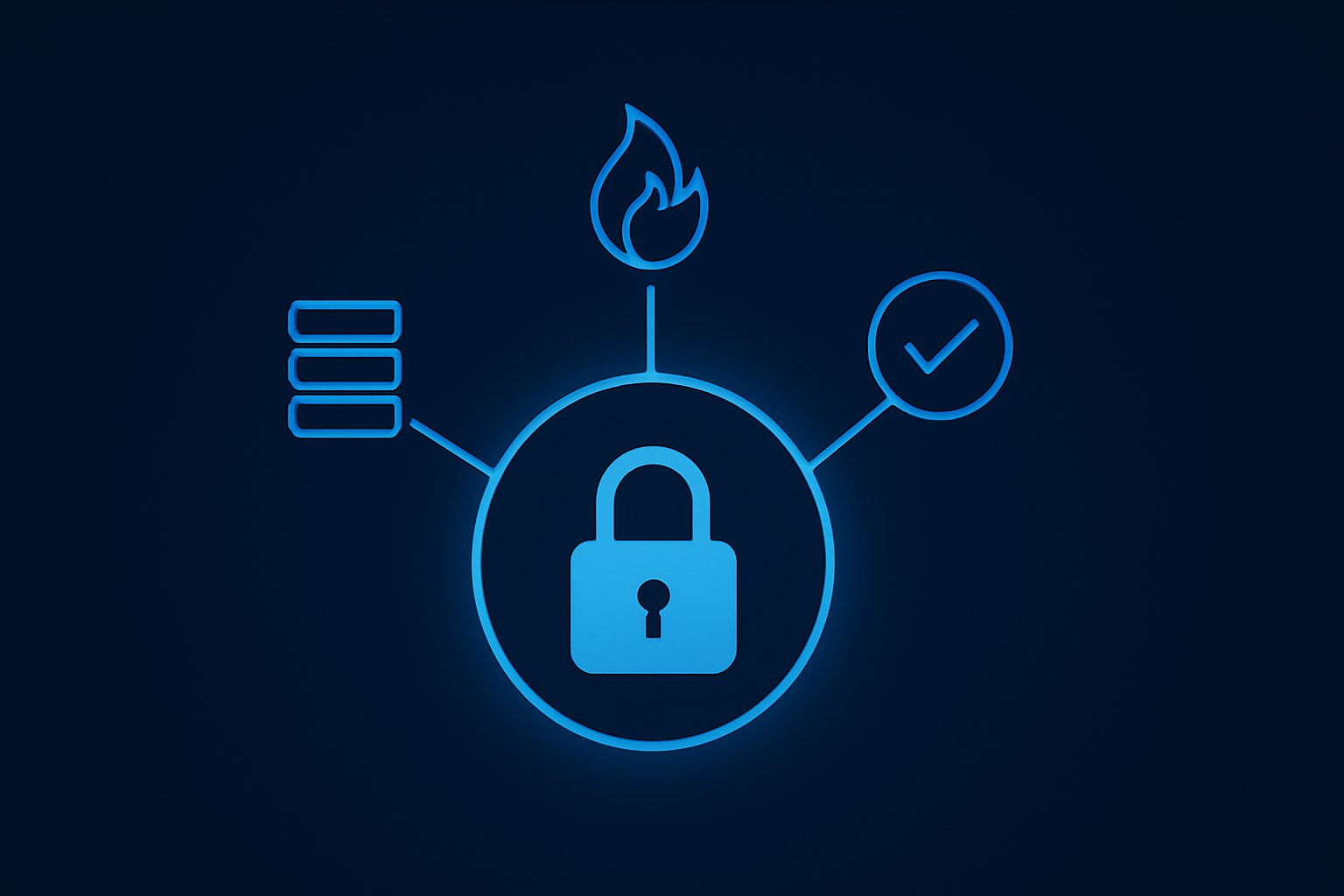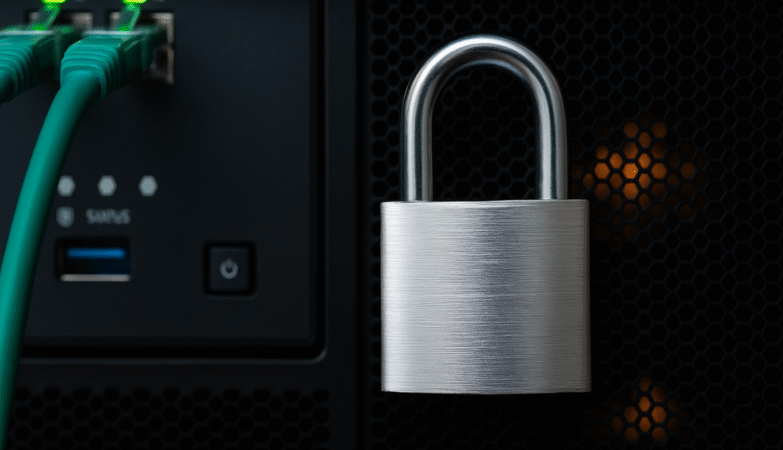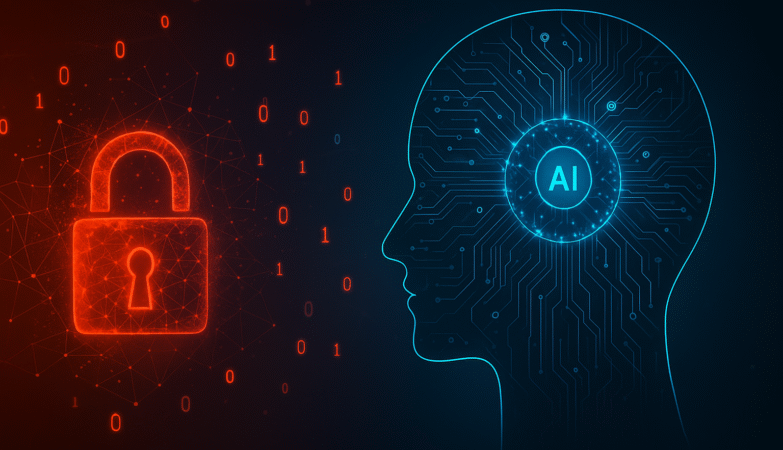🔐 Introduction
Ransomware attacks have grown from small-time scams to organized cybercrime operations. In 2024, they cost organizations billions and continue to evolve with new techniques, custom-built malware, and extortion strategies. But what really happens after you click that suspicious link?
In fact, ransomware is not just a threat to individual users, but it poses significant risks to entire organizations, government entities, and even critical infrastructure. For example, the 2021 attack on the Colonial Pipeline highlighted how ransomware could disrupt fuel supplies across the Eastern United States, showcasing the potential for widespread chaos and economic impact.
This post breaks down how ransomware works, step-by-step, from the initial compromise to the ransom note—backed by research, tools, and real-world examples.
Understanding the lifecycle of a ransomware attack is crucial for organizations aiming to strengthen their defenses. Each stage presents unique challenges and opportunities for intervention. Let’s delve deeper into each phase to clarify how these attacks unfold.
🧬 The Lifecycle of a Ransomware Attack
Moreover, it’s essential to recognize that attackers continuously adapt their tactics to exploit weaknesses in systems. Regularly updating your knowledge on these methods can significantly aid in preventing such breaches. A notable example includes how ransomware operators have shifted towards more sophisticated phishing strategies, often utilizing social engineering to increase their success rates.
1️⃣ Initial Infection – Gaining Access
Attackers need a foothold in your system. Common entry points include:
- Phishing emails with malicious attachments or links
- Exploited software vulnerabilities (like Fortinet, Citrix, or unpatched CMSs)
- Remote Desktop Protocol (RDP) brute-force attacks
- Leaked credentials or purchases via Initial Access Brokers (IABs)
📌 Example: In the Colonial Pipeline attack (2021), attackers accessed the network via a compromised VPN account with no MFA.
According to CISA, phishing is still the #1 ransomware delivery method.
2️⃣ Payload Delivery – Planting the Malware
After access is gained, the attackers drop the ransomware payload. It may be packed inside a ZIP, delivered via PowerShell, or manually executed in post-compromise scenarios.
Common tools used in this phase:
- 🧰 Cobalt Strike (for remote control)
- 🧰 Mimikatz (for credential dumping)
- 🧰 PsExec or WMI (for lateral deployment)
The payload is typically obfuscated or packed to bypass detection tools.
3️⃣ Lateral Movement & Privilege Escalation
The malware seeks to:
- Escalate user privileges
- Move laterally across systems
- Compromise domain controllers, backups, and critical infrastructure
🔍 Techniques include:
- Pass-the-Hash attacks
- Exploiting admin shares via SMB
- Using legitimate admin tools (LOLBins)
4️⃣ Encryption & Exfiltration
This is where the real damage begins:
🔐 Encryption
- Files are locked using AES-256, RSA, or hybrid encryption.
- System restore points are deleted to prevent easy recovery.
In addition to privilege escalation, attackers may use other methods such as credential stuffing attacks, where they use stolen usernames and passwords from previous breaches to gain access to multiple systems. This demonstrates the importance of strong, unique passwords across different services.
📤 Exfiltration
- Before encrypting files, ransomware may steal data.
- This leads to double extortion: pay to decrypt AND pay to prevent a leak.
Real-World Ransomware Gangs Using This Tactic:
- LockBit 3.0
- Clop
- BlackCat (ALPHV)
5️⃣ Ransom Note & Negotiation
Once encryption is complete, a ransom note appears—on the desktop, in folders, or as a changed wallpaper.
It contains:
- Payment instructions (usually in Bitcoin or Monero)
- A deadline (e.g., 72 hours)
- Threats to leak stolen data or raise the ransom
Encryption methods vary, with some ransomware families adopting advanced techniques to protect their operations from detection. For instance, some variants use fileless malware, which resides in the system’s memory rather than being stored on disk, making it harder for traditional antivirus solutions to detect.
Some groups run “leak sites” to publish victim data (e.g., Clop, Conti).
6️⃣ Extortion & Payment
Whether to pay is a legal, ethical, and practical dilemma. While law enforcement advises against it, many organizations—especially those in healthcare or critical infrastructure—end up paying.
📊 Stats (Coveware Q4 2023):
- Average ransom payment: $400,000+
- 63% of victims still had their data leaked even after paying
🛡 How to Defend Against Ransomware
🔐 Prevention
- Use Multi-Factor Authentication (MFA)
- Patch all systems regularly
- Segment your network and limit access rights
- Block common ransomware TTPs via endpoint policies
🧠 Detection
Use SIEM & EDR tools to monitor:
- Sudden file renaming
- Unusual PowerShell activity
- Disabled antivirus or backup processes
💾 Recovery
- Maintain immutable, offline backups
- Test your recovery process regularly
🔗 Useful Resources
The ransom note is not just a demand for payment; it often includes psychological tactics designed to instill fear and urgency. This can include threats to expose sensitive data publicly, which can significantly increase pressure on organizations to comply with the demands.
- MITRE ATT&CK – Ransomware Techniques
- CISA Ransomware Portal
- Any.Run – Malware Sandbox
- MalwareBazaar – Sample Database
- Ransomware Tracker – Abuse.ch
📌 Related HackerVault Blogs
- Malware Analysis 101: Inside the Mind of Malicious Code
- Web Security 101: How Websites Get Hacked
- Wazuh SIEM for Threat Monitoring
🎯 Final Thoughts
Ransomware is a growing industry. It’s professional, well-funded, and constantly evolving. Knowing how ransomware works gives defenders an edge to disrupt the chain—before the note appears on screen.
Train your team. Harden your systems. Backup everything.
Be the one who never had to pay.
Organizations must weigh the implications of paying ransom. While it may seem like a quick solution, it can encourage further attacks, as attackers recognize that their methods are effective. There have been instances where paying the ransom did not result in the recovery of data, leading to significant financial losses and operational disruptions.
Additionally, creating a culture of cybersecurity awareness within an organization can significantly diminish the likelihood of successful attacks. Regular training sessions, including simulated phishing attacks, can help employees recognize suspicious activities and report them promptly.
Detecting ransomware activity early can be the difference between a minor inconvenience and a major crisis. Effective monitoring involves integrating multiple systems to track user behavior and identify anomalies. This comprehensive approach ensures that even subtle signs of an attack can trigger immediate responses.
Beyond backups, organizations should also develop a robust incident response plan that outlines clear steps to take in the event of a ransomware attack. This plan should include roles and responsibilities, communication strategies, and recovery procedures to ensure rapid action.
As a final note, staying informed about the latest trends in cyber threats can help organizations anticipate and prepare for potential attacks. Cybersecurity is a constantly evolving field, and proactive measures can significantly enhance resilience against ransomware and other cyber threats.


